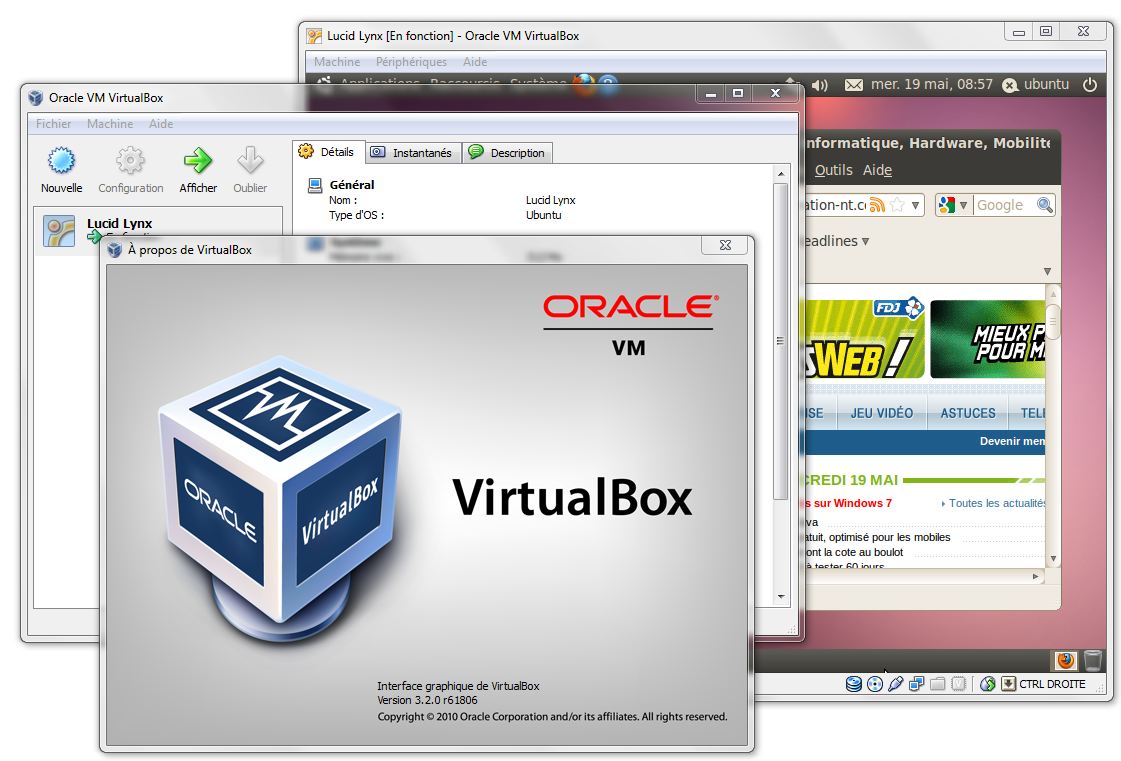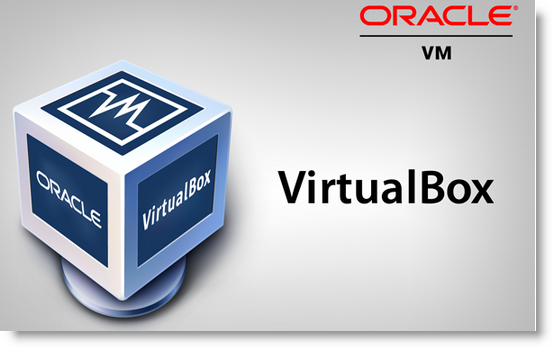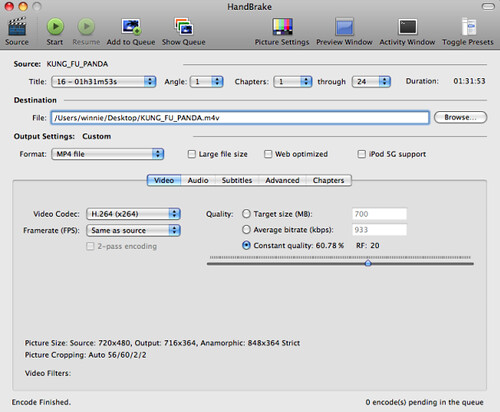
- Mac os x 10.0 vhd for virtualbox pdf#
- Mac os x 10.0 vhd for virtualbox install#
- Mac os x 10.0 vhd for virtualbox free#
Mac os x 10.0 vhd for virtualbox install#
Install OS X on the virtual hard disk.When the first menu appears, open Disk Utility and "Erase" your virtual hard disk. VirtualBox 4 supports DMG files natively, and InstallESD.dmg is bootable. dmg to the file-picker dialog in VirtualBox).
Mac os x 10.0 vhd for virtualbox free#
To SATA port 1 (the first free one), attach "InstallESD.dmg" from inside the Mountain Lion Installer package (right-click in the finder to show the package contents, and drag the. (I also suggest giving it more than 2 GB of RAM, and more than 1 CPU.) Turn the video memory up to 128 MB - at the default of 10 MB, it'll boot but you won't be able to see anything. You can use either "Mac OS X (64 bit)" or the 10.8-specific one - they both seem to work. Install VirtualBox 4.3.12, or whatever the latest version is. 
On OS X 10.9, you'll get a warning that you can't downgrade, which is fine.
In the App Store app, click "Redeem" (top right on the main page), and paste in the code. Mac os x 10.0 vhd for virtualbox pdf#
Even though they're just emailing you a PDF with a license code, it's done manually (so I'm told), so it really does take 1-3 business days to get to you.

Go to Apple's web store ( not the App Store app), and search for "Mountain Lion", and pay $20 for it.
First, you need to buy Mountain Lion (if you haven't bought it already). The guest IP would be assigned to 192.168.0.15 and the default gateway could be found at 192.168.0.2. This command would reserve the network addresses from 192.168.0.0 to 192.168.254.254 for the first NAT network instance of "VM name". VBoxManage modifyvm "VM name" -natnet1 "192.168/16" If, for any reason, the NAT network needs to be changed, this can be achieved with the following command: In that case the guest is assigned to the address 10.0.2.15, the gateway is set to 10.0.2.2 and the name server can be found at 10.0.2.3. So x is 2 when there is only one NAT instance active. In NAT mode, the guest network interface is assigned to the IPv4 range 10.0.x.0/24 by default where x corresponds to the instance of the NAT interface +2. Configuring the address of a NAT network interface If you need to change the guest-assigned IP range for some reason. As more than one card of a virtual machine can be set up to use NAT, the first card is connected to the private network 10.0.2.0, the second card to the network 10.0.3.0 and so on. The IP address thus assigned to the virtual machine is usually on a completely different network than the host. The virtual machine receives its network address and configuration on the private network from a DHCP server integrated into VirtualBox. ( THE ABOVE IS MY PROBLEM!!: HOW CAN I BLOCK ACCESSING THE LOCAL NETWORK as described in Table 6.1 VM Host NAT = '-' ) VirtualBox listens for replies to the packages sent, and repacks and resends them to the guest machine on its private network. To an application on the host, or to another computer on the same network as the host, it looks like the data was sent by the VirtualBox application on the host, using an IP address belonging to the host. The network frames sent out by the guest operating system are received by VirtualBox's NAT engine, which extracts the TCP/IP data and resends it using the host operating system. The disadvantage of NAT mode is that, much like a private network behind a router, the virtual machine is invisible and unreachable from the outside internet you cannot run a server this way unless you set up port forwarding (described below). This separation maximizes security since by default virtual machines cannot talk to each other. In VirtualBox this router is placed between each virtual machine and the host. 
The "router", in this case, is the VirtualBox networking engine, which maps traffic from and to the virtual machine transparently. For this reason, it is the default networking mode in VirtualBox.Ī virtual machine with NAT enabled acts much like a real computer that connects to the Internet through a router. Usually, it does not require any configuration on the host network and guest system. Network Address Translation (NAT) is the simplest way of accessing an external network from a virtual machine. VM ↔ Host VM1 ↔ VM2 VM → Internet VM ← Internet That's what NAT is all about - I thought. What is the right setting for having a separate network inside the VM (with own ip range) that has access to the internet (and vice versa) but not to the local network. Sorry for opening a discussion - am I completly wrong at the moment?







 0 kommentar(er)
0 kommentar(er)
